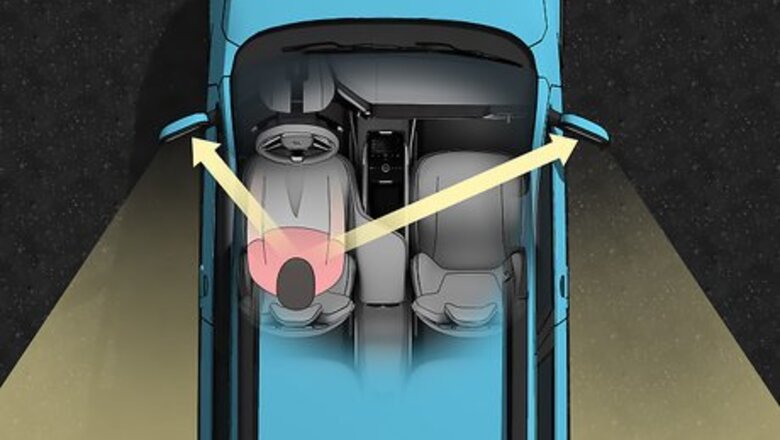
views
Adjusting Your Wing Mirrors
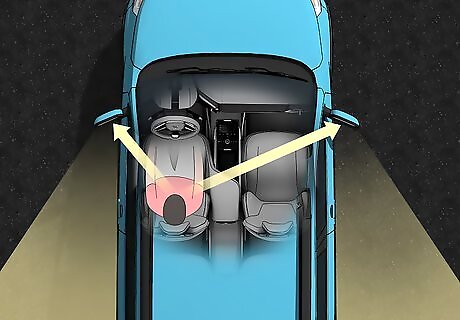
Make sure you are sitting in the driver's seat. Mirrors reflect light. This means that what you see will be different depending on what perspective you are looking from. Once you're sitting in the driver's seat, you'll be almost set to start adjusting your mirrors.
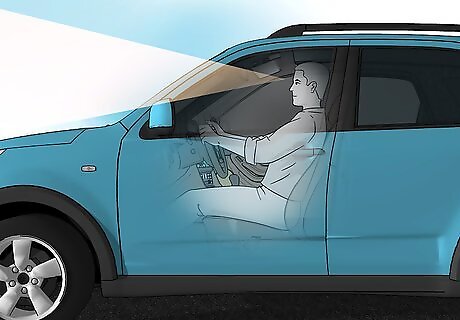
Move your seat so you are at a comfortable height and depth. This will also have an impact on what you see when you look into your mirrors. Position your seat so you feel like your feet are gently resting on the pedals and that you can comfortably see over the front of the car. Check that you can comfortably reach the gear stick and steering wheel. Use a cushion to increase your height if you are particularly short and cannot see over the front of the car.
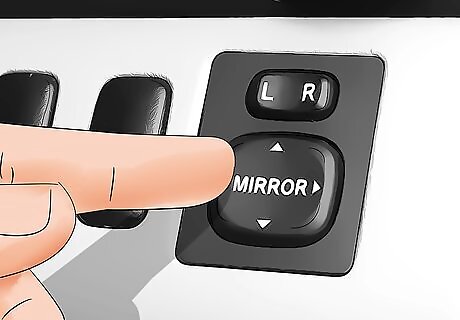
Use buttons to move electronically adjusted mirrors. As technologies have progressed, the physical method by which you change the angle of your mirrors has changed dramatically. In modern cars, many systems have been switched to electronic movement. The buttons for this will normally be located just to the right of the steering wheel and will have four arrows on them indicating the direction of movement for the mirror. There will also usually be a left/right control switch to choose which mirror to move. If you can't seem to find the controls, head online and check as some can be hidden away in unusual places.
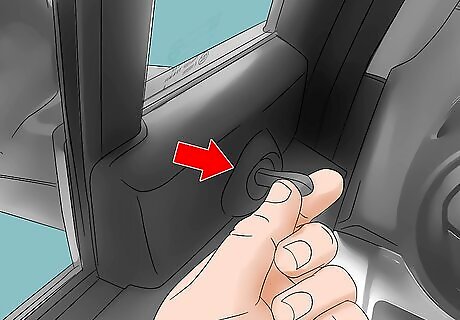
Use your hand to adjust manual mirrors. Most older cars will still have their mirrors adjusted by hand. The way this works is usually quite simple, you will simply push the mirror into whatever position you like.
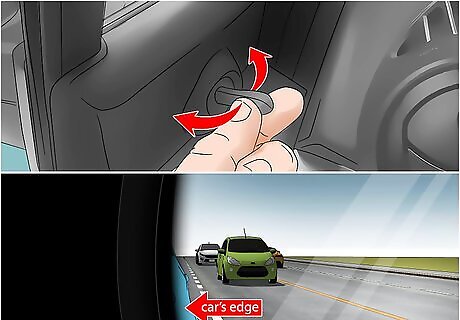
Adjust the left-right plane of the mirrors. If done correctly, you will only just be able to see the edge of the back of your car. If you can see a lot of your car, the mirror is too far in and if you can see none of your car, the mirror is too far out. Both of these situations will increase your blindspot. You will have a blindspot regardless of how well adjusted your mirrors are, but the aim is to minimize this blindspot.
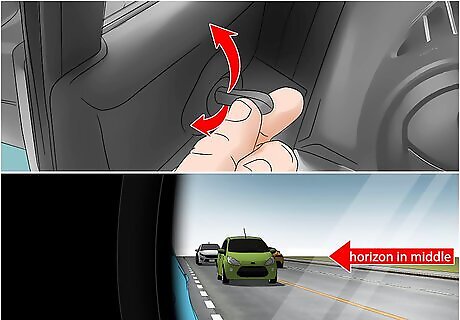
Adjust the up-down plane of your mirrors. If done correctly, the horizon will be in the middle of the mirror and the road will look flat, rather than angled, going backward. Most people forget that you can also move the wing mirrors up and down. This has a fairly large impact on what you see when you look into your mirrors. This is one setting that will vary greatly with the driver's height so when driving a car for the first time, always check this.
Moving Your Rear-View Mirror
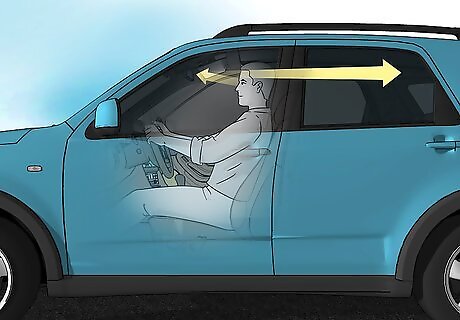
Sit in your normal comfortable driving posture. When setting your mirror position, having the right posture is very important as it will greatly affect what you see in the mirror. However, this doesn't mean sitting in an unusual position because if you do this, when you drive, what you see will be very different to when you set the mirror. Take some personal ownership here in terms of knowing how you sit when driving. For example, if you know you sit tall when driving, sit tall when setting your mirrors.
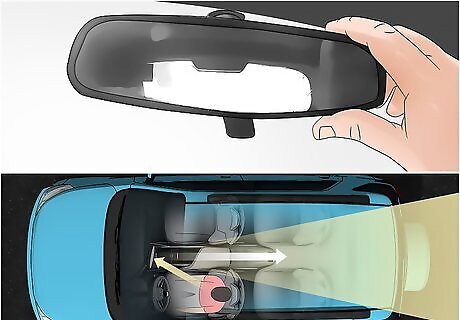
Move the rear-view mirror so you can see the entire rear window. This will mean that you have the maximum range of vision which will be equal on both sides. You will be able to see fairly far back in the lanes behind you if the mirror is on the correct angle. You use this mirror most often whilst driving so the aim is for you to be able to just quickly glance at it, get the image, and look back at the road. Karen Gravelle Karen Gravelle, Driving Safety Advocate Set your rearview using the central frame lines first. For side mirrors, lean towards the passenger door and tweak angles until you barely see the car's side. Repeat for the driver side, lining up ideal spots eliminating blind zones. Take a few test drives, glancing briefly to check alignment. With mirrors correctly adjusted for your height and seat position, surround yourself with optimal viewing to drive aware.
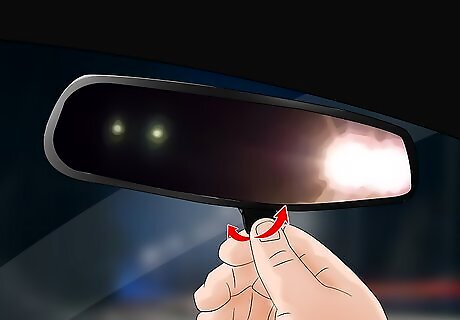
Turn on the night-view setting to avoid glare. When using this mirror at night, the cars behind you will have their lights on meaning there will most likely be some glare. Most cars have a night-view setting for this mirror which you can turn on. You can usually find the button attached to the mirror underneath or on the side of it. This setting simply reduces the glare that you will have to deal with. Having the setting on during the day won't make a huge difference if you forget about it but because it dulls light coming in, try to remember to turn it off.
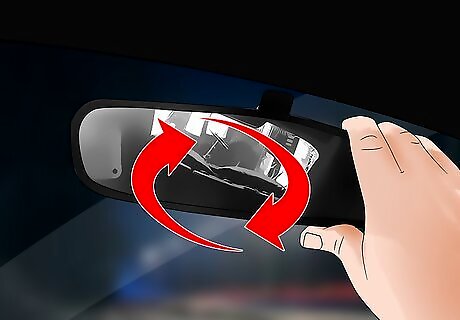
Flip the mirror upside down if you are over 6 feet (1.8 m) feet tall. This repositions the mirror so that the bottom edge is 1 inch (2.5 cm) - 2 inches (5.1 cm) higher than it is normally. This means the blind-spot for a particularly tall driver is substantially smaller.















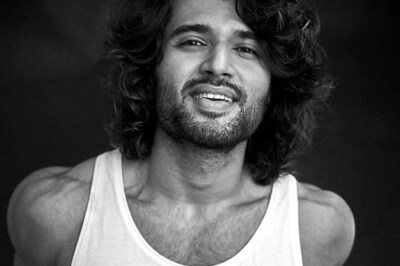

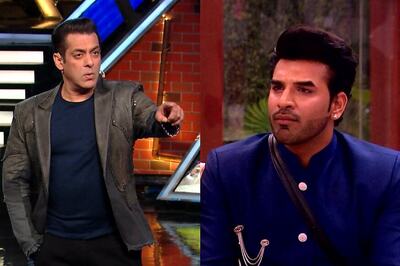
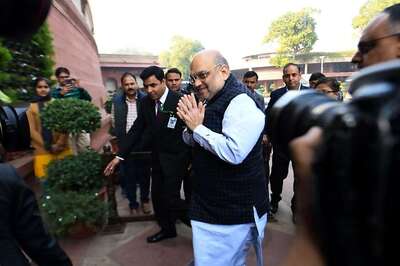
Comments
0 comment